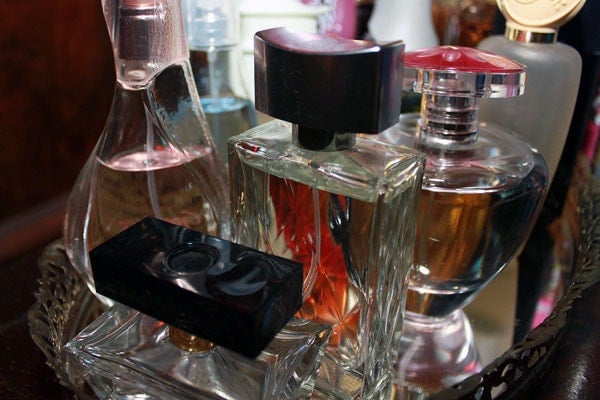
Greener, cheaper, safer drugs and perfume using iron
Published: December 3, 2013
University of Toronto researchers have developed safer, cheaper and more environmentally-friendly techniques to produce compounds commonly used in drugs and perfumes.
Researchers used the new techniques to create active, iron-based catalysts. These catalysts are needed to produce certain compounds used in the drug and perfume industries.
Professor Robert Morris of the Department of Chemistry replaced the rare elements of ruthenium, rhodium, palladium and platinum – traditionally used in catalysts – with iron, the fifth most abundant naturally-occurring metal on Earth.
The result, said Morris, is an exceptionally efficient class of iron complexes whose abilities rival – and even surpass – those of conventional industrial catalysts.
“There is a research effort world-wide to make chemical processes more sustainable and green, by replacing the rare, expensive and potentially toxic elements used in hydrogenation, catalytic converters in cars, fuel cells for the efficient conversion of chemical energy into electricity, and silicone coatings, with abundant ions such as iron,” said Morris, principal investigator of a study reported in the November 29 issue of Science. “Iron is about 10,000 times cheaper to obtain than ruthenium. Less than 200 metric tons of platinum-type metals are mined in the world every year and not all of it can be recycled after use. They are not essential to life and can be toxic.
“We found a way to make the ferrous form of iron behave in a catalytic process much more efficiently than a precious metal. We did this by finding molecules containing nitrogen, phosphorus, carbon and hydrogen that bond to, and enhance, the reactivity of iron,” says Morris.
 Morris (pictured in red with Alan J. Lough, Young Feng Li, and Weiwei Zuo) inexpensively produced varieties of alcohol with different biological properties – which can be used in flavour and drug synthesis – and different smells, a property important to the perfume industry.
Morris (pictured in red with Alan J. Lough, Young Feng Li, and Weiwei Zuo) inexpensively produced varieties of alcohol with different biological properties – which can be used in flavour and drug synthesis – and different smells, a property important to the perfume industry.
In one example from the study, the precursor alcohol to a cancer treatment can be made using the hydrogenation process catalyzed by iron. Using iron, the resulting complex is often a better catalyst than the industrial one based on ruthenium.
The sustainable technology incubator GreenCentre Canada is already pursuing the commercialization of the new iron catalysts.
Funding for this research was provided by the Natural Sciences and Engineering Research Council of Canada and GreenCentre Canada.
Sean Bettam is a writer with the Faculty of Arts & Science at the University of Toronto.



